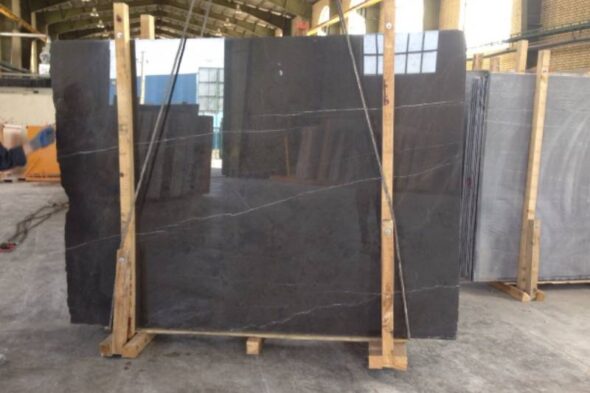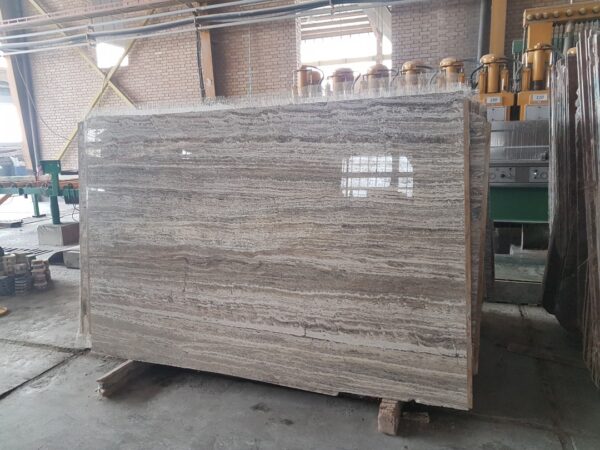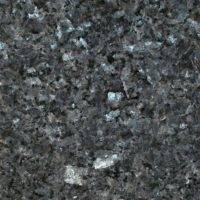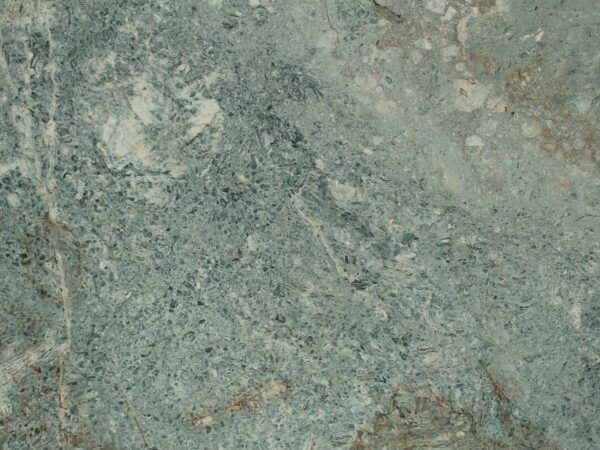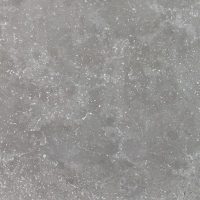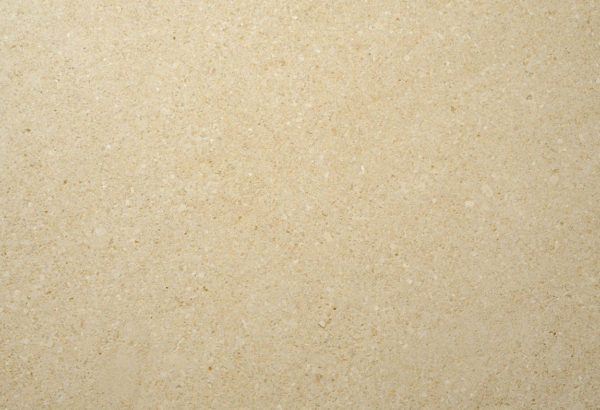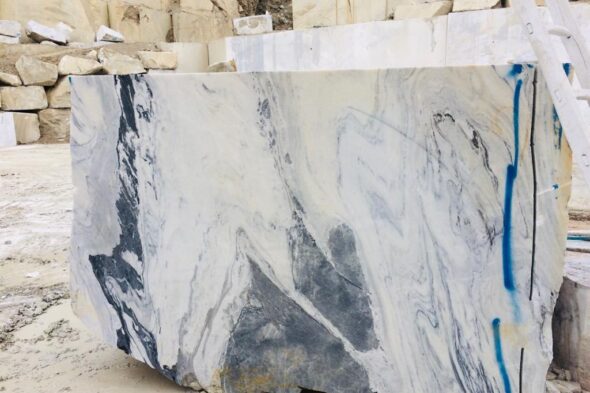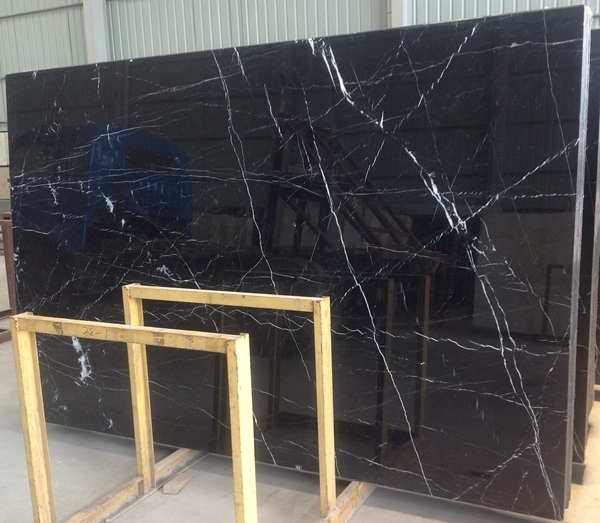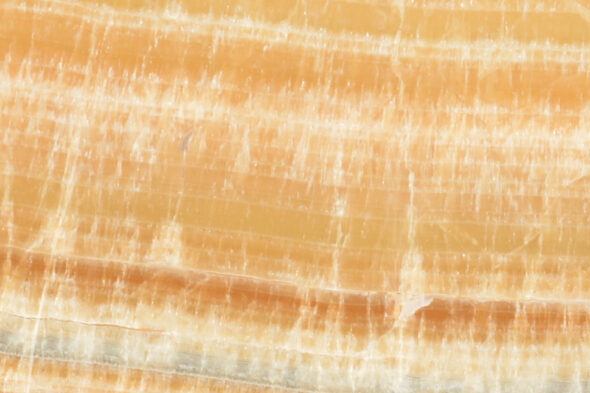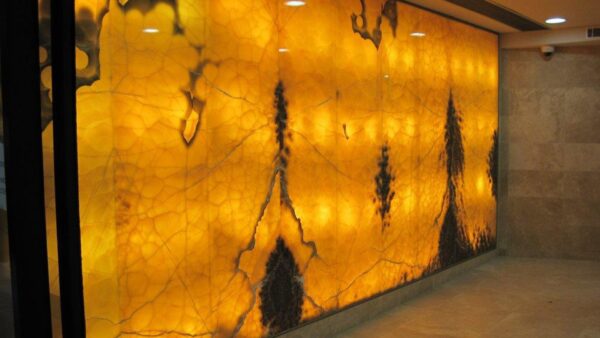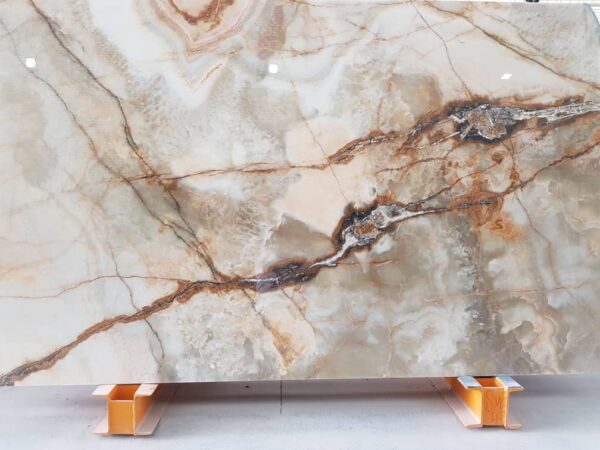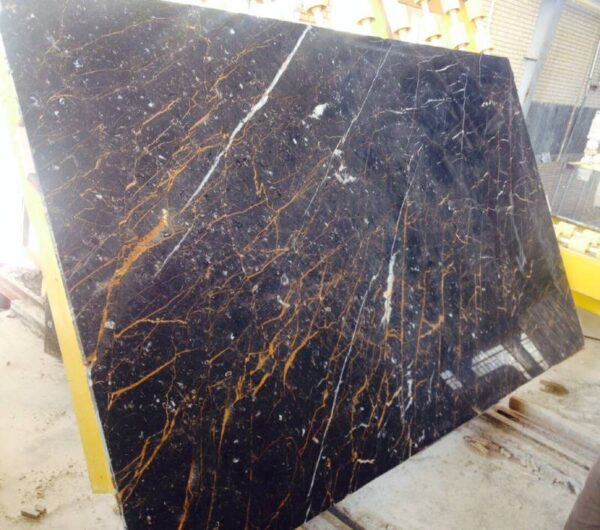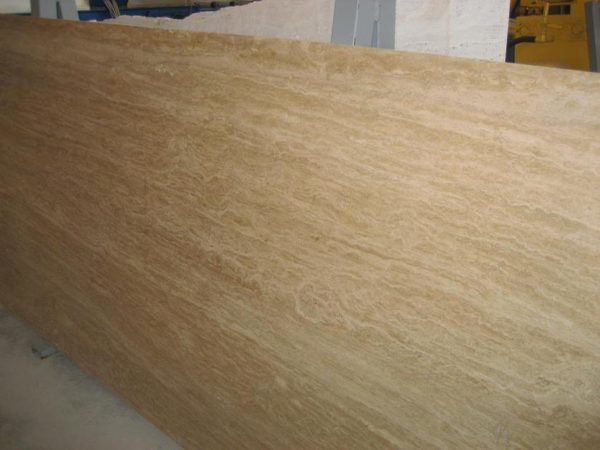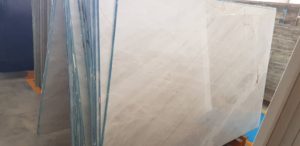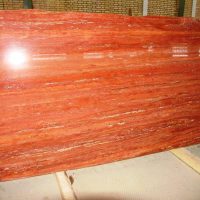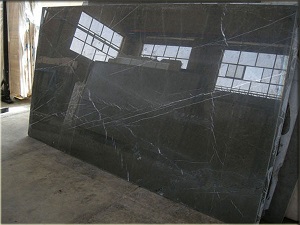Essential Tips for Long-lasting Beauty
Marble is a timeless, elegant material often used in flooring, countertops, and decorative surfaces. However, it is also a porous and relatively soft stone, prone to damage from stains, scratches, and acidic substances. Protecting marble surfaces is essential to maintain their beauty and durability. This guide will provide key steps to prevent marble from damaging, ensuring it lasts for years.
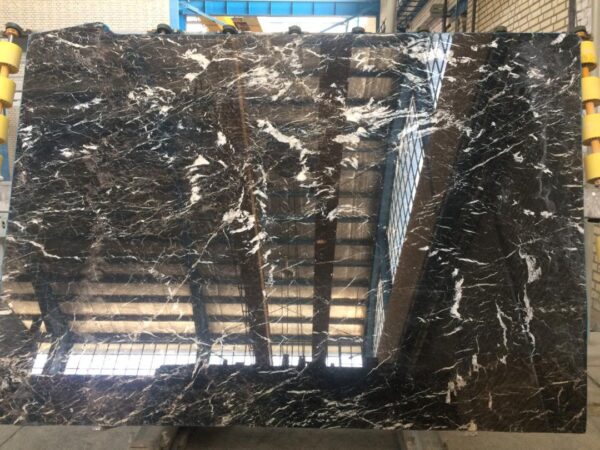

Why Does Marble Need Protection?
1. Porosity of Marble
Marble is a natural stone with microscopic pores that can absorb liquids and stains if not properly sealed. This makes it vulnerable to common household substances like wine, coffee, and oils, which can penetrate the surface and leave permanent stains.
2. Softness and Susceptibility to Scratches
While marble is a hard stone, it is softer than materials like granite. This makes it susceptible to scratches, chips, and etching, especially in high-traffic areas or on surfaces used for cutting and preparation, such as kitchen countertops.
How to Prevent Marble from Damaging
1. Seal Your Marble Regularly
One of the most effective ways to protect marble is by applying a high-quality sealant. Sealing creates a protective barrier that helps prevent liquids and stains from penetrating the surface.
How Often Should You Seal Marble?
- High-traffic areas: Seal every 6-12 months, depending on use.
- Low-traffic areas: Sealing can be done every 1-2 years. To test if your marble needs sealing, pour a few drops of water on the surface. If the water seeps in after a few minutes, it’s time to reseal.
2. Clean Marble with pH-Neutral Cleaners
Avoid using harsh, acidic cleaners like vinegar or lemon juice on marble surfaces. Acidic substances can cause etching, which appears as dull spots or discoloration on the marble.
What Cleaners to Use on Marble?
- Opt for pH-neutral, stone-specific cleaners designed for natural stone surfaces.
- For daily cleaning, use a soft cloth with warm water and mild soap to wipe down surfaces. Always dry the surface afterward to prevent water spots.
3. Use Coasters, Trivets, and Cutting Boards
To protect marble countertops and tables from stains, scratches, and heat damage, always use coasters, trivets, and cutting boards.
How They Help:
- Coasters: Prevent beverages from leaving rings or water spots on marble surfaces.
- Trivets: Protect against hot pots, pans, and dishes, which can cause thermal shock and discoloration.
- Cutting Boards: Always use cutting boards to prevent knife scratches, as marble is soft and can scratch easily.
4. Clean Spills Immediately
One of the best ways to avoid marble damage is to clean up spills immediately. Leaving spills unattended, especially those from acidic or oily substances, can lead to permanent staining or etching.
Best Practices for Cleaning Spills:
- Blot spills with a soft cloth or paper towel. Avoid wiping, as this can spread the liquid and cause more damage.
- Use a damp cloth with a mild, pH-neutral cleaner for any remaining residue.
5. Avoid Heavy or Sharp Objects
Heavy or sharp objects can cause chips, cracks, or scratches in marble. In kitchens and bathrooms, where marble surfaces are frequently used, extra care should be taken.
How to Prevent Damage from Heavy Objects:
- Use protective pads under heavy kitchen appliances or decor items.
- Avoid dragging furniture, utensils, or tools across marble surfaces to prevent scratches or chips.
Long-Term Maintenance Tips for Marble
1. Polish Marble for a Brilliant Shine
Polishing marble helps restore its natural shine and smoothness, while also protecting it from damage. You can either use a marble polishing powder or hire a professional for deep polishing to keep your marble looking its best.
https://www.rockstone.biz/how-to-prevent-marble-from-damaging/
Do Travertine Tiles Need to Be Sealed?
2. Preventing Etching and Staining
Etching occurs when marble comes into contact with acidic substances like citrus, wine, or vinegar. This results in a dull mark that can be hard to remove. To prevent etching:
- Clean up acidic spills immediately.
- Use mats, trays, or coasters under food and drink preparation areas.
- Farzin rock stone company

